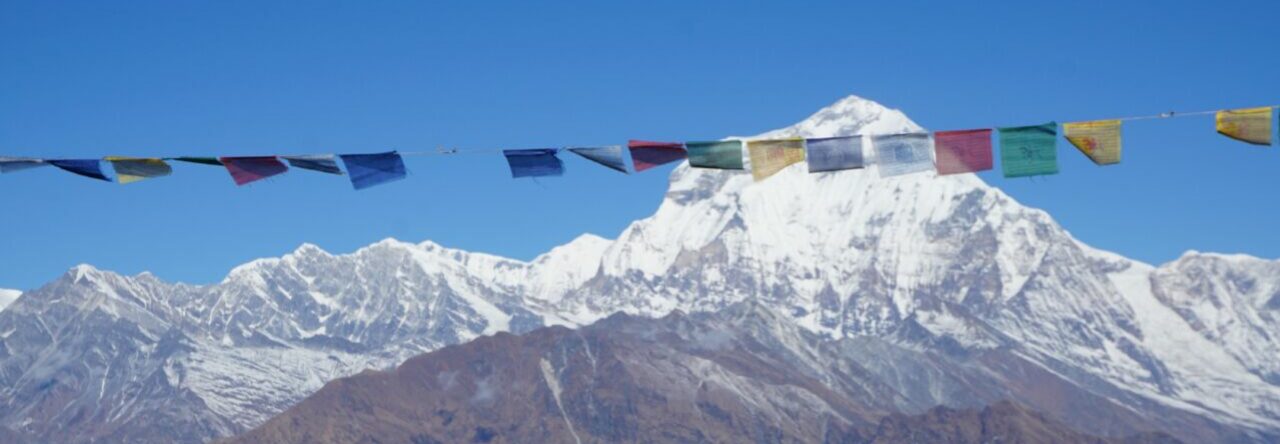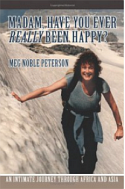(Take two – here is our full visit to Pashupatinath!)
December 15, 2018
 How great it was to get back to the Shechen guest house in Boudhanath and be greeted by old friends and, as always, to meet a few new ones. Joss, a physical therapist from California had recently come from Bhutan, where she used an $18,000 Russian machine to work on patients. She had given me two sessions before the trek that really helped with the pain in my ribs. Little did we know at the time that I actually had broken those ribs on my recent fall in Kathmandu. No wonder I was in such pain!
How great it was to get back to the Shechen guest house in Boudhanath and be greeted by old friends and, as always, to meet a few new ones. Joss, a physical therapist from California had recently come from Bhutan, where she used an $18,000 Russian machine to work on patients. She had given me two sessions before the trek that really helped with the pain in my ribs. Little did we know at the time that I actually had broken those ribs on my recent fall in Kathmandu. No wonder I was in such pain!
 And it was fun to reconnect with Maria, the Buddhist nun from Iowa, who now lives in Dharamsala, India, and is one of the peppiest, most upbeat people on the planet. Then we met Hans, a retired “thatcher” and longtime bee-keeper from Denmark. Seldom have I met a more fascinating, charming, sensitive, and caring man. We could have talked for hours. And so it goes with the traveling members of the Shechen “family.”
And it was fun to reconnect with Maria, the Buddhist nun from Iowa, who now lives in Dharamsala, India, and is one of the peppiest, most upbeat people on the planet. Then we met Hans, a retired “thatcher” and longtime bee-keeper from Denmark. Seldom have I met a more fascinating, charming, sensitive, and caring man. We could have talked for hours. And so it goes with the traveling members of the Shechen “family.”
Today was the first day that neither Cary nor I had been awakened by the early morning chanting, bell ringing, and drumming at the monastery, which routinely took place at 5:30 AM. It was my first long sleep since returning from Pokhara. After breakfast with Maria, we decided to head for the famous Hindu temple complex, Pashupatinath, which includes the ghats on the Bagmati River, where bodies burn all day long. Arya Ghat is the main place where the crematorium lies and is the largest cremation area in Nepal. It consists of six elevated platforms on the banks of the river just outside the main temple.
(Click on photos to enlarge)
We crossed the Bagmati River on the north side of the Pashupatinath Temple Complex. As we entered the complex we could see that many temples and beautifully-carved buildings had been destroyed in the 2015 earthquake, and extensive rebuilding was in progress. I noticed the usual large metal (bronze) pigs, Ganesh – the elephant god, Hanuman – the monkey god, and hundreds of live monkeys cavorting ups and down the massive stone steps and on the adjacent lawns.
But it was the ghats that really spoke to me.
About ten were being used, and more that I couldn’t see. Huge fires billowed forth, their orange plumes intense and shattering, accompanied, off and on, by thick smoke. Hay was placed on top of white packets of ghee (clarified butter) or some other readily available combustible material to keep the fire burning. Men in T-shorts used huge poles to poke the fire, and kept wood on top of the burning body. As the body disintegrated, they would brush the ashes and small bones into the river and wash the large stones in preparation for another body. The river was quite low and extremely filthy, with white muck and debris floating in it.
I watched as one palette became clear and another body was carried to the site by relatives and held high over their heads. The body had been wrapped in bright orange cloth and taken into a large pillared section of the temple. Droves of people pushed in. I assumed it was some kind of farewell ceremony. It continued for a long time while the pyre was being built. Then the body was placed on top and a few people walked around and around, similar to what I saw in Varanasi on the banks of the Ganges in 1987. At that time, however, it was the eldest son who performed this duty. And I was standing very close to the bank of the river, so could witness the bargaining between the family and the seller of the wood. I was told that this was often a problem with poor families. They needed to buy enough to completely burn the body.
After placing more ghee on the body, a long stick was lit to start the fire. I waited until the flames rose before leaving.
This experience was very meaningful to me, especially after my conversations with Maria, who had worked for years as a counselor for the dying. It was real and it was comforting, and it gave me a lot to think about: karma, reincarnation, and the fact that only the five senses are gone and a new body awaits us. I would think long and hard about these questions as we made our way back to Boudha. How can we influence our next life, and do we have one? How do we know, or how do we not know?








L. Jerene
Oh Wow, Meg……you’ve done it again! I could smell those burning bodies! and the monkeys were scary, no? How come this blog is so short? or does it just seem shorter than the others. Once again, gratitude for your sharing!
Nolan Nancy
Thank you, Meg and Carrie. I look forward to talking with you about all this the next time I see you. Your ever expanding universe bewilders and amazes me, once again.
Lynn Rubright
Megs – absolutely fascinating. I found myself going back again to the pyres…..and your description. And reflected on the comments you made by your friend who counseled the dying folks in their last months, days on earth….and the hope for future lives.